Nothing beats time outdoors, especially as the doldrums of winter wither away, but make no mistake, the outdoors are a dangerous place, and you need to prepare accordingly for your springtime adventures.
by Mark Kayser
Longer days, a warmer sun, and melting snow (not in my backyard, but …) mean more and more of you have waypoints set for outdoor adventure. Turkey seasons, shed antler hunts, morel mushroom harvest, food plot preparation, and a score of other wildlife property management equals more time outdoors. As energizing as these escapes offer a cabin fever cure, the outdoors is dangerous. This rings especially true when combined with activities with a higher risk level than the average cubicle tenant encounters. Are you ready for the possible dangers of the outdoors? The following represent some dangers, plus preparedness factors as you spend more time outdoors and less time watching Netflix.
First, be prepared for any boo-boo. Have at least one first aid kit along. Preferably, keep a comprehensive first aid kit in your vehicle and another in your backpack. Kits should be able to handle scrapes, cuts, and any pains, plus disinfect any injuries. Stock it with various bandage sizes, liquid bandages, gauze, butterfly closures, medical tape, and a packet of QuikClot hemostatic devices. Pain relievers, antiseptic wipes, and antibiotic ointment also should be included. Plus, consider a tourniquet to slow blood loss from a significant laceration. Add a small first aid manual for refresher information during the panic that often accompanies an injury. Think compact for your backpack and more detailed for a truck kit. Round out your kit with a multitool and a flashlight with extra batteries. A flashlight can light up the darkness, and a multitool has multiple accessories to expedite first aid procedures.
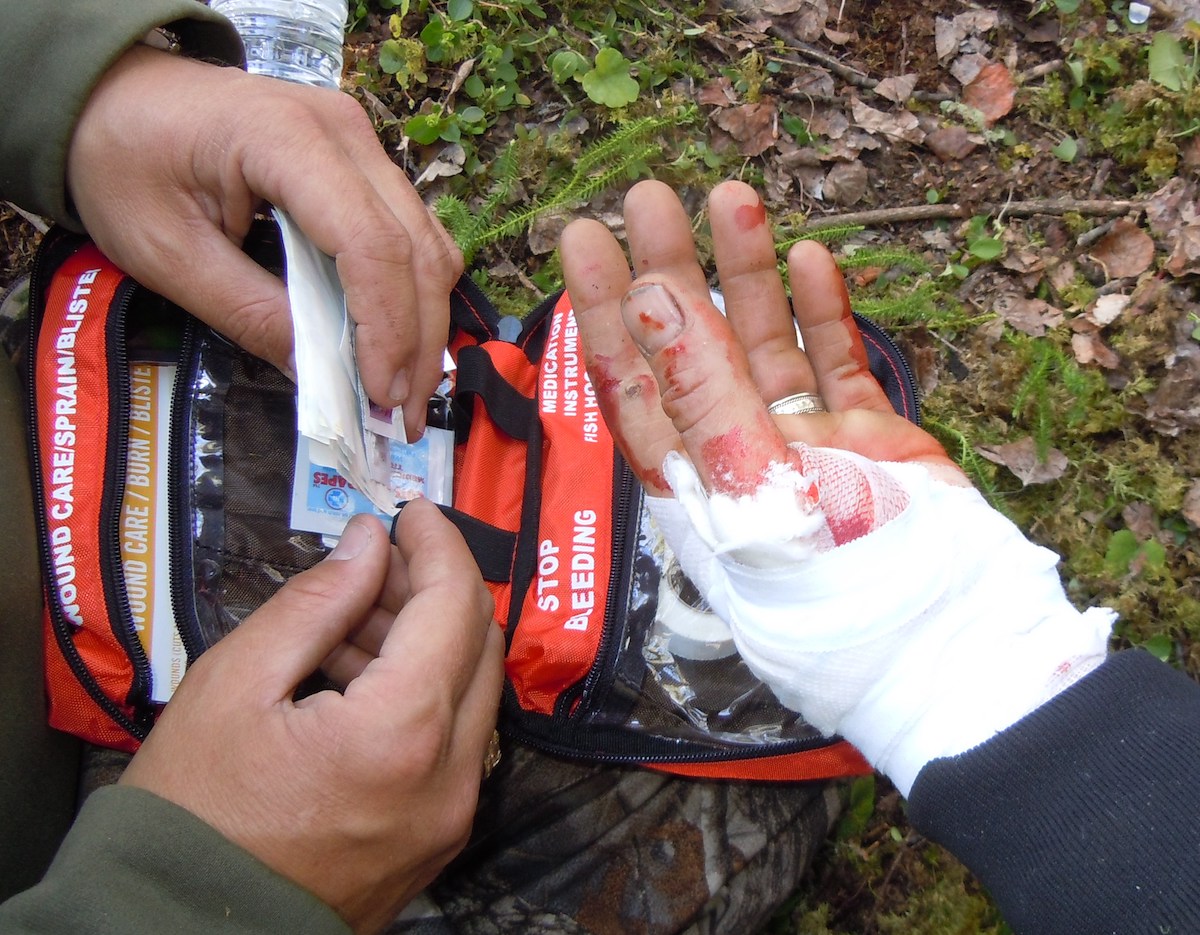
In first aid, they teach you to call 911 immediately, so toting a fully charged smartphone or satellite communication device is equally important. If a severe injury occurs, your call to emergency responders gives them time to respond while you render aid. First responders can locate you via a cellular signal, but better yet, use your hunting app to provide them with exact coordinates to your location. One of Garmin’s inReach units is always a good idea. These units are compact and are fitted with an SOS button that, once pushed, sends a signal directly to Garmin’s Emergency Response Team, which is staffed 24/7/365. The unit also allows you to send pre-prepared text messages to loved ones, and those that care about you most can track your daily movements.
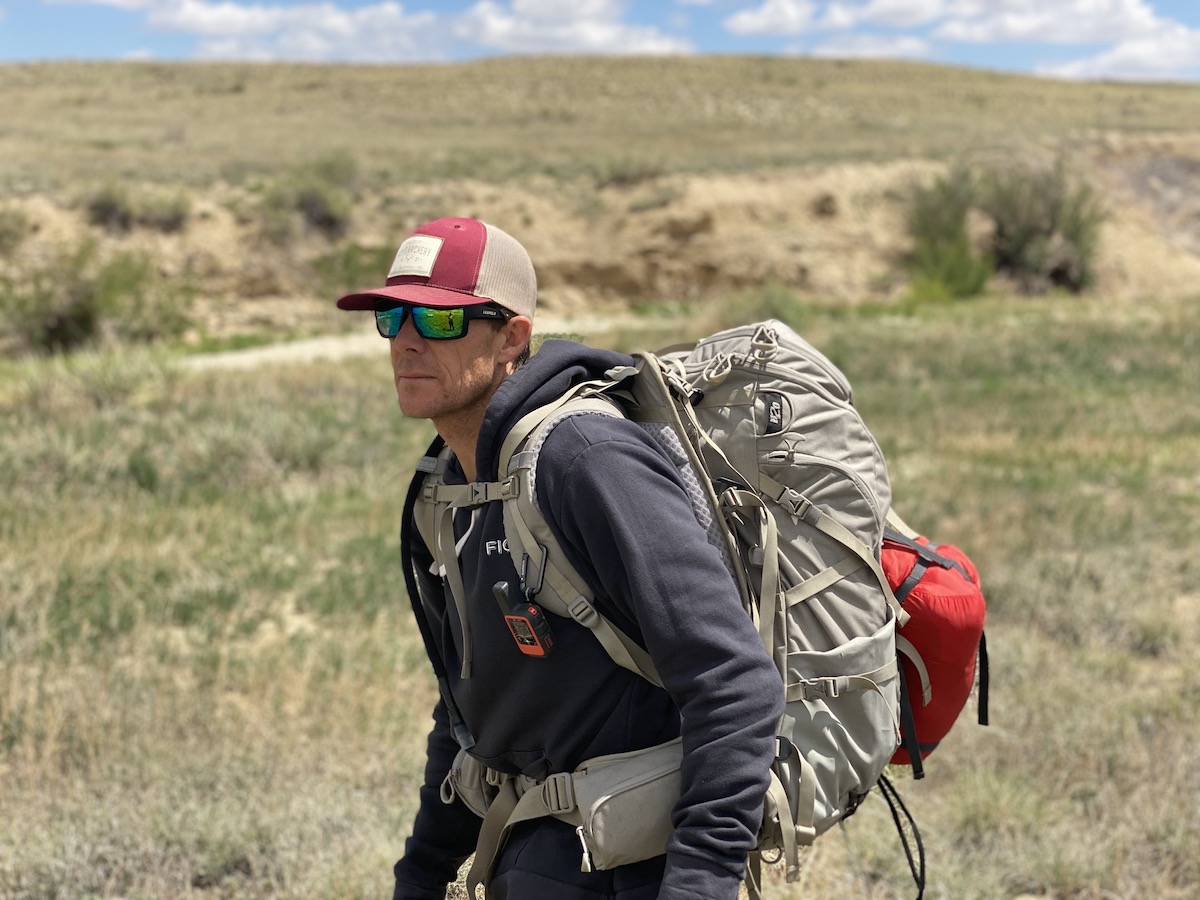
Have an additional power source to re-energize your smartphone during extended use, and use airplane mode, or power down all devices when not needed to conserve battery life. Finally, always tell someone where you are going and give them an expected return time, even for brief outdoor excursions like a quick shed hunt. Leaving a note on your dash with your planned destination and route is also wise if you cannot connect to cell service.
The next danger is around you all day; as the days grow longer, it can be a real threat. The warm-season sun is the number one danger to you while you hunt, work, or scout. Take it seriously. A retired gentleman I worked with on 4-H projects died recently of skin cancer that started on his hands. This cancer was a direct result of being in the sun without protection.
The National Cancer Institute ranks skin cancer as the most common form of cancer, and exposure to the sun is one way to acquire it. Bring along and use sunscreen rated at 15 SPF or above on any exposed skin. Remember to reapply sunscreen if you sweat or take a dip to cool off. Sunscreen may claim to be water resistant, but even the best products break down with repeated moisture encounters. Reapply often. Go above and beyond sunscreen, and cover yourself with long sleeves, lightweight gloves, and a wide-brimmed hat. Military-style boonie hats and straw cowboy hats are ideal for shading your head and neck.
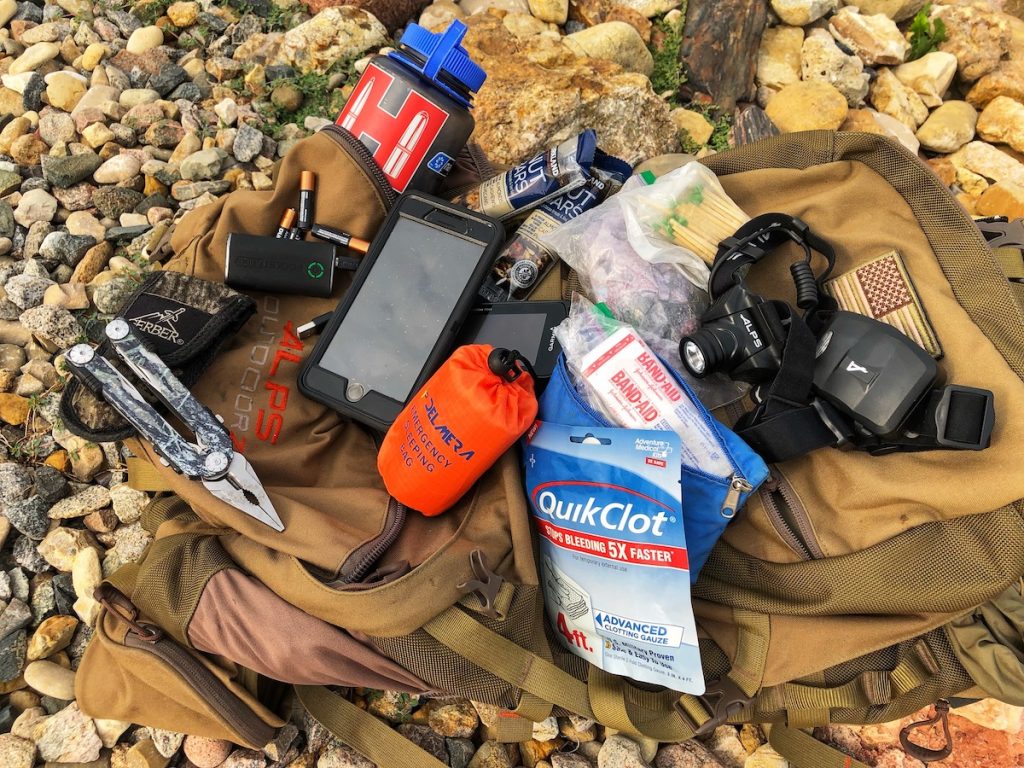
As you spend more time outdoors in warmer temperatures, your body requires more hydration. Quench your thirst even if you are not thirsty. Up to 75 percent of your body is made up of water. You need two or more quarts of water daily to maintain proper body metabolism and survive. When temperatures are abnormally high, particularly with humidity, your body may require up to four quarts daily. Convert to liters if you shun the imperial measurement system.
Water is the best element to rehydrate your body with. Soda, coffee, and even so-called sports drinks can work against rehydrating your body in extreme conditions. If you must have flavor to hydrate, consider mixes designed to recharge, refocus and rehydrate the body. Companies like Wilderness Athlete have perfected a variety of recharging mixes for the outdoor athlete.
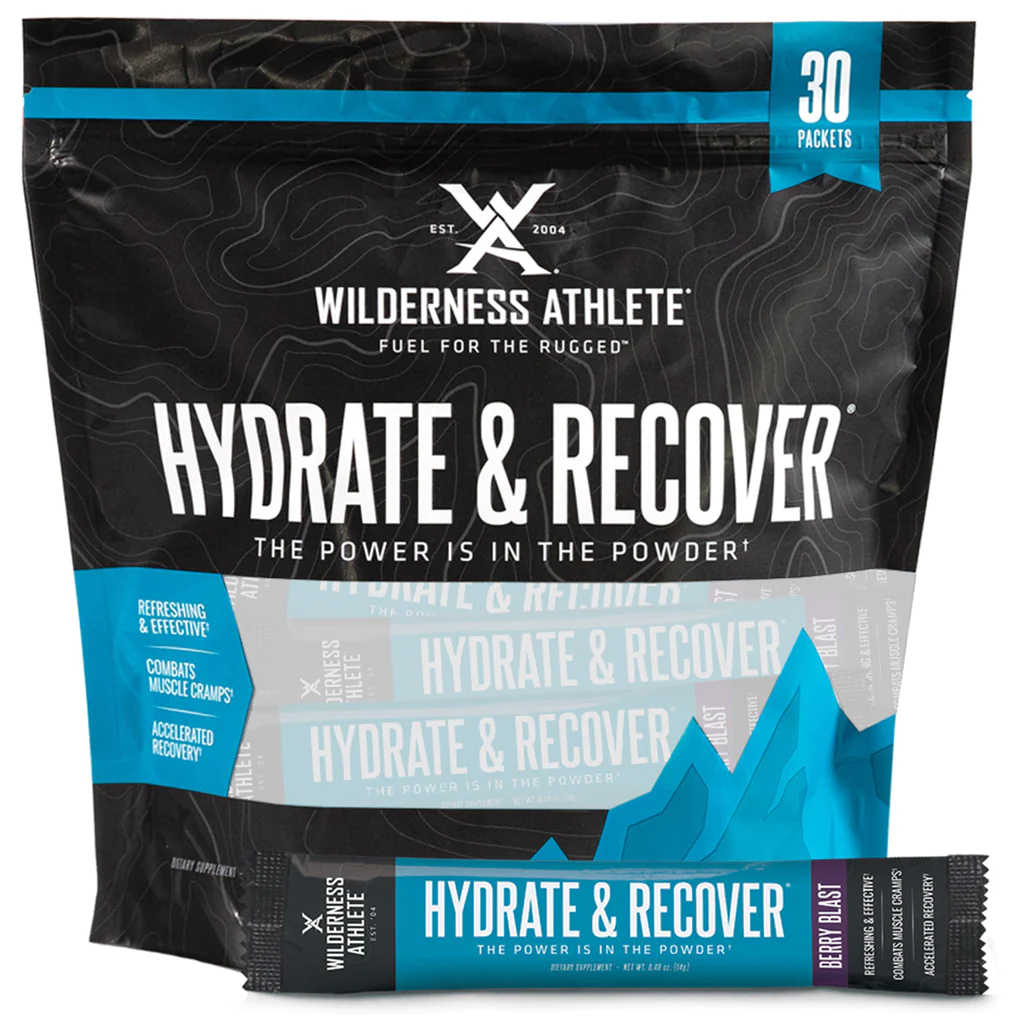
Signs that you may be experiencing dehydration include thirstiness, dry mouth, lack of sweating, nausea, dizziness, reduced urine flow, vivid yellow urine, and general weakness. Find shade and drink water slowly if any of these signs begin.
Let’s move on to the actual environment. There are many dangers in the landscape around you. Some of them come from your risk-taking, such as driving too fast on an ATV with no helmet protection. Others naturally occur. You must keep the weather in mind as temps start to warm. Thunderstorms and downpours could create chaos with lightning, high winds, tornadoes, and flash floods. Use that HuntStand hunting app to review future forecasts, and if the weather is changing, refer to hourly updates to see if you need to wrap your outing short and find shelter.
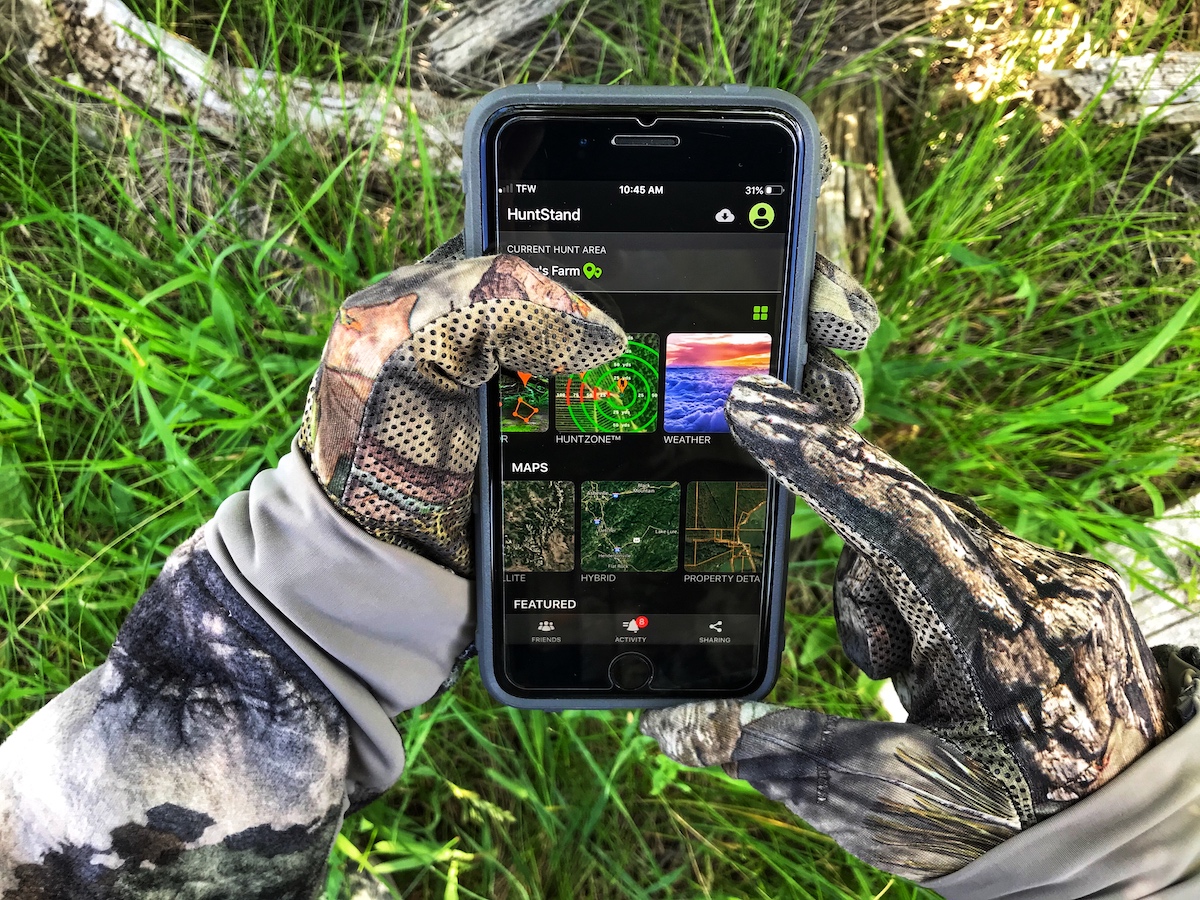
Finally, be critter and plant-aware. Know what fauna and flora you could run into that may be dangerous to your outing. Start with insects and be prepared to obstruct attacks from biting flies, mosquitoes, ticks, and other annoyances. Always carry insect repellent along with your sunscreen. If you live in areas where ticks are, and their numbers are exploding across the country as deer populations increase, be sure to treat your clothing ahead of time with Sawyer’s Permethrin . Dowse every garment and your boots for 30 seconds, then let them dry for no less than four hours. Few things will keep you free from Lyme disease, Rocky Mountain Tick Fever, and other nasty tick-borne illnesses, like treating your clothing and giving yourself a good tick-check after each outdoor outing.
Be snake aware as well. Warming days equals snake activity. In March, I have seen prairie rattlesnakes active on hot days in my Wyoming backyard. Cottonmouths are active in Alabama and other southern states in spring, so inventory the poisonous snakes you may encounter. Next, take countermeasures. Begin by avoiding the areas venomous snakes may prefer and by watching the ground occasionally while hiking. This is easy for shed antler hunters, but not for someone scanning way ahead for a turkey. If venomous snakes are common, consider wearing snake boots or chaps. Snakes aside, if you plan on trekking through large predator country, such as Montana, be alert for bears and carry vetted bear spray with easy accessibility. 
Plants may not seem as ominous as a grizzly bear, but poison oak or ivy could lay you up for days. Be able to identify any potential vegetative irritants in your ZIP code and avoid contact at all costs.
Your stomping ground may include even more hidden dangers. Inventory everything that could go wrong on your outing and prepare as best as possible. Stay safe out there this spring!





